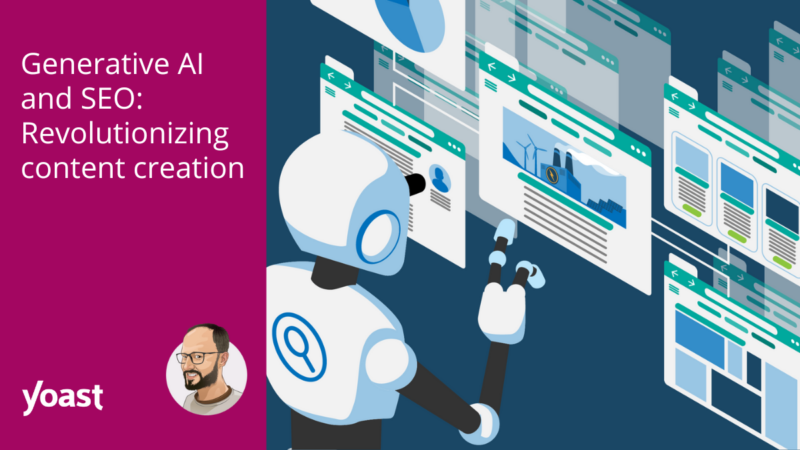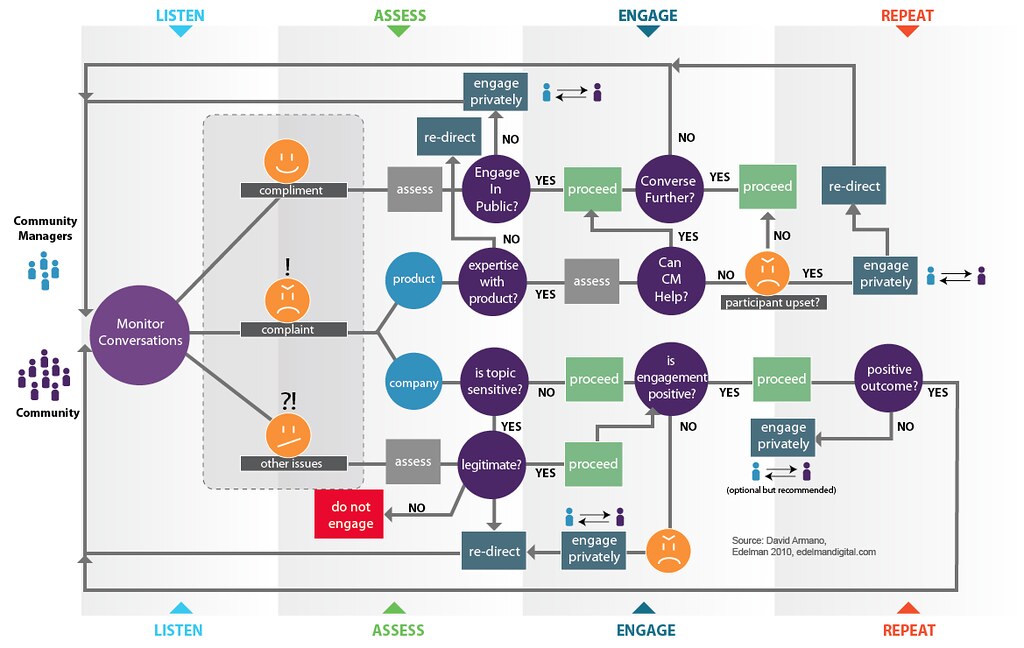
In 2025, the way people search for information is changing. No longer are users just typing short queries into Google and clicking on the first few results. Instead, they’re engaging with AI-powered search tools like ChatGPT Search and Google’s Search Generative Experience (SGE), which generate comprehensive answers based on user scenarios and context. This shift isn’t just a passing trend—it’s redefining what it means to be visible in search.
This article will explore Generative SEO, how it differs from traditional SEO, and why bloggers must adapt their strategies to stay relevant. We’ll break down actionable steps to optimize your content for AI-driven search engines and explain how this evolution impacts traffic, engagement, and brand visibility.
What Is Generative SEO and Why It Matters
Generative SEO (or Generative Engine Optimization) refers to the practice of optimizing content to be recognized and cited by AI-powered search engines like OpenAI’s ChatGPT Search or Google’s SGE. These systems don’t just index pages—they analyze, summarize, and present content in response to complex, scenario-based queries. This means your content needs to be structured, relevant, and valuable enough to be included in AI-generated responses.
Unlike traditional SEO, which focuses on keywords and backlinks, Generative SEO emphasizes context, clarity, and relevance. For example, if a user asks, “How do I manage a remote team effectively?” an AI might pull from multiple sources to craft a detailed answer that includes tips, best practices, and even real-world examples. Your content must be optimized not just for search engines, but for machine learning models that can interpret and synthesize information.
The importance of Generative SEO is underscored by the fact that AI search is no longer a niche feature—it’s becoming a primary way people access information. According to a recent report, over 30% of searches on ChatGPT Search now involve scenario-based questions, and this number is growing rapidly.
How Generative SEO Impacts SEO Performance
Generative SEO doesn’t replace traditional SEO—it enhances it. However, it changes the priority of content. Here’s how:
- Traffic Shifts: While traditional SEO drives direct clicks, Generative SEO increases brand visibility through citations and summaries. Even if users don’t click through, your content may still appear in AI-generated responses.
- Engagement Changes: Users are more likely to engage with content that directly addresses their situation. This means your content should focus on user scenarios rather than just keywords.
- Ranking Factors Evolve: Traditional ranking factors like backlinks and keyword density remain important, but new ones like content structure, authority, and contextual relevance are gaining traction.
For instance, a blog post about “remote work tools” might rank highly for the keyword “remote work software,” but if it’s not structured to answer specific scenarios—like “How do I choose the best project management tool for my team?”—it may not show up in AI search results.
Step-by-Step Implementation Framework
To prepare for the rise of Generative SEO, follow this structured approach:
- Define or Audit the Current Situation
- Analyze your existing content to see how well it aligns with AI search expectations.
- Identify gaps in structure, clarity, and scenario-based content.
-
Use tools like Ahrefs or SEMrush to audit keyword performance and content depth.
-
Apply Tools, Methods, or Tactics
- Optimize content for modular structure using H2s, H3s, bullet points, and tables of contents.
- Include unique insights and real-world examples to make your content citable.
-
Add schema markup and author bios to enhance credibility and visibility.
-
Measure, Analyze, and Optimize
- Track how often your content appears in AI-generated responses using tools like SurferSEO or Clearscope.
- Monitor engagement metrics such as dwell time, bounce rate, and social shares.
- Regularly update content to reflect the latest trends and user needs.
Real or Hypothetical Case Study
Let’s imagine a travel blog called Wanderlust Journeys. Before adopting Generative SEO, the blog had high rankings for keywords like “best places to visit in Italy” but saw declining traffic as AI search began to dominate.
After implementing Generative SEO tactics, the blog redesigned its content to include:
– Scenario-based articles like “How to plan a 7-day trip to Tuscany.”
– Structured sections with clear headings and bullet points.
– Author bios and internal linking to build authority.
Within six months, the blog saw a 40% increase in AI-generated citations and a 25% boost in overall traffic. Even though some users didn’t click through, the brand became more recognizable, leading to higher engagement on social media and email newsletters.
Tools and Techniques for Generative SEO
Here are some of the most effective tools and techniques for optimizing your content for AI search:
- SurferSEO: Helps you create content that aligns with AI search algorithms by analyzing top-ranking pages and suggesting optimal structures.
- Clearscope: Uses AI to identify content gaps and recommend topics that resonate with both users and AI systems.
- Schema.org Markup: Enhances your content’s visibility by adding structured data that helps AI understand your content better.
- Google Search Console: Tracks how your content performs in AI search and provides insights into user behavior.
- Grammarly: Ensures your content is clear, concise, and free of errors—key factors in AI readability.
- Answer the Public: Identifies common questions related to your topic, helping you create scenario-based content.
Future Trends and AI Implications
As AI continues to evolve, Generative SEO will become even more critical. Here’s what to expect:
- More Contextual Queries: Users will increasingly ask complex, scenario-based questions, requiring content that addresses specific situations.
- Multimodal Search: AI will incorporate images, videos, and other media in search results, making visual content more important.
- Voice Search Dominance: With the rise of smart speakers and voice assistants, content must be optimized for natural language and conversational tone.
Bloggers who adapt early will have a significant advantage. The key is to create content that is both human-readable and machine-friendly. This means focusing on clarity, structure, and unique value while staying ahead of algorithmic changes.
Key Takeaways
- Generative SEO is the future of content marketing, driven by AI-powered search engines.
- To succeed, bloggers must focus on context, clarity, and scenario-based content.
- Optimize for AI by using modular structures, schema markup, and unique insights.
- Track and measure your content’s performance in AI search to refine your strategy.
- Stay agile as AI evolves, and always prioritize value over keywords.
The future of blogging isn’t about resisting change—it’s about embracing it. By preparing for Generative SEO now, you’ll position yourself to thrive in the next era of content marketing.
Meta Title: What Is Generative SEO & How Bloggers Should Prepare
Meta Description: Learn how Generative SEO is reshaping content marketing and what bloggers need to do to stay ahead in 2025.
SEO Tags (5): generative seo, ai search optimization, content marketing 2025, blog optimization, ai content strategy
Internal Link Suggestions:
– [Parameter #6: Core Web Vitals and Technical SEO]
– [Parameter #8: Voice Search and Conversational SEO]
– [Parameter #5: E-E-A-T and Content Authority]
External Source Suggestions:
– https://www.searchenginejournal.com/generative-seo/
– https://www.rankmath.com/blog/generative-seo/
– https://www.brightlocal.com/learning/ai-search-engine-optimization/











